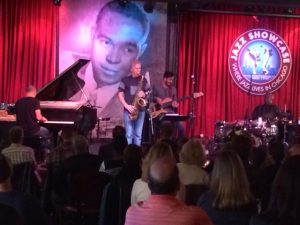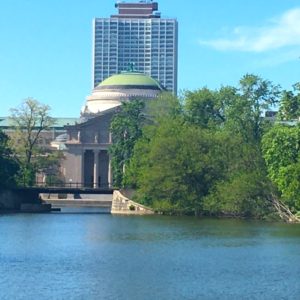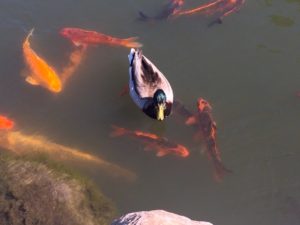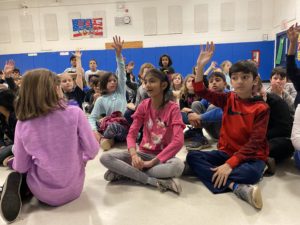True Confessions
June 17, 2021 • 17 Comments • Posted in blindnessThis past Sunday morning our book club met in-person for the first time since you-know-what. It happened to be my turn to host, many of our members are Jewish, so to celebrate I baked a loaf of challah.

Illustration By Anthony Letourneau from “Hanni & Beth, Safe & Sound.” .
I learned to bake bread shortly after losing my sight. We lived in central Illinois, I was out of work and hungry for new opportunities. When I heard of a local charity looking for volunteers for its annual phonathon, I signed up.
After enlisting another volunteer to read names and phone numbers onto a tape recorder, I listened to the cassette, punched the numbers onto the phone’s keypad and raised money with the best of ’em. We volunteers were so busy that night that we never got around to eating the treats provided for us.
Treats? What treats? Unable to see, I had no idea of any treats there!
“Anyone want to take some of this food home?” Never shy when it comes to free food, I raised my hand. An untouched loaf of homemade bread was placed into my backpack, and when I unveiled it at home, it smelled sweet. My blindness is due to Type 1 diabetes; I stay away from anything too sugary. Mike doesn’t like anything with nuts in it, and the loaf was loaded with both.
“Take it to work tomorrow,” I suggested. He’d just started a job at the University of Illinois, his colleagues there hadn’t met me yet, and I wanted to impress them. “Tell your co-workers I made it myself,” I told Mike.
Ah, what a tangled web we weave. The coworkers loved the bread. They wanted me to make more. One even asked if she could come over and watch me so she could try it herself at home.
Uh-oh. What to do? admit my lie? Or learn to bake bread? I chose the latter.
When I called the charity the next morning to ask who’d provided the bread the night of the phonathon, the volunteer organizer was ready with an answer. . “If it was homemade bread, it had to be Charlie,” she said. “You know Charlie, he’s the pastor at the Presbyterian church.”
A pastor made the bread? Holy crap! Lucky for me, Charlie was a pastor with a sense of humor. When I called the next morning to confess my sin, that I’d claimed to have baked the bread myself, he just laughed. “When would be a good time for me to come over and teach you to bake bread?”
That was over 30 years ago. At my first and only lesson with Charlie, he guided my hands through the yeast proofing, the stirring, the kneading, the braiding. I’ve been baking bread ever since — rustic Italian breads, flatbreads, beer-and-cheese bread, potato bread, wheat bread, and last Sunday, challah. No vision required. The other four senses — touch, hearing, smell, taste – are enough.
Touch is by far the most important: water should be lukewarm; dough should rise to twice its original size; knead until the dough is easy to stretch but not too sticky. Hearing comes in when you have to thump the loaf to see if it’s done. The sense of smell is not required, but who would bother to make bread from scratch if they couldn’t smell it baking?
Ditto taste. Nothing–short of tomatoes eaten right off the vine — tastes as good as a slice of bread right out of the oven.
The weather in Chicago was so beautiful Sunday that we met outside at Printers Row Park. Members helped me out by bringing their own hot drinks and camp chairs. I brought the loaf fresh from the oven, book club members had brought schmear to share, The challah was easy to eat outside, and somehow we managed to devour the entire loaf. What a delight to be together in person again enjoying simple pleasures — all hail the vaccines and the scientists who created them!
And one last note to my fellow book club members: I promise I really did make the challah myself!





